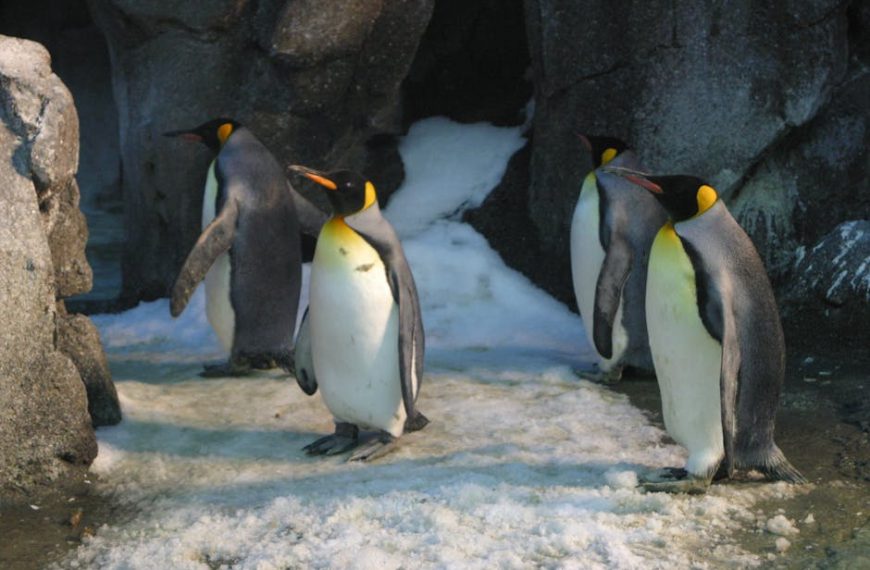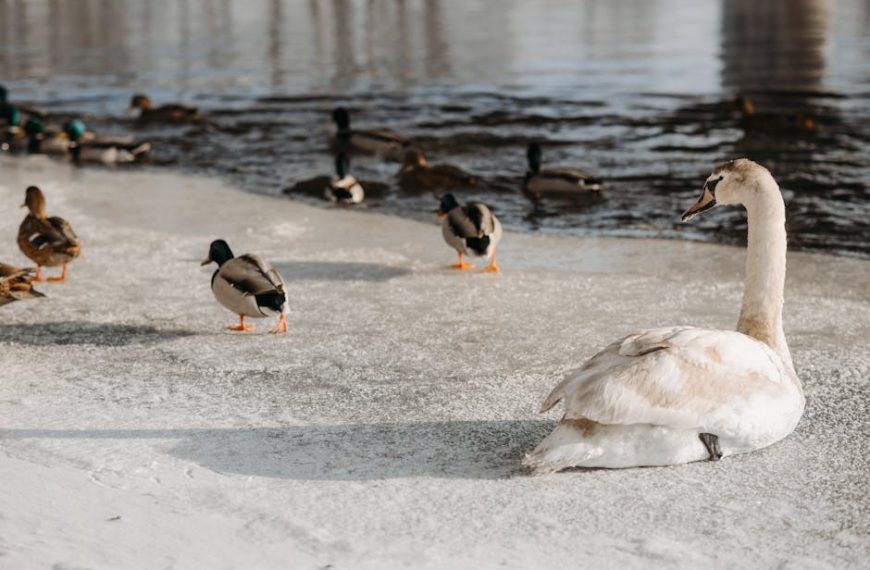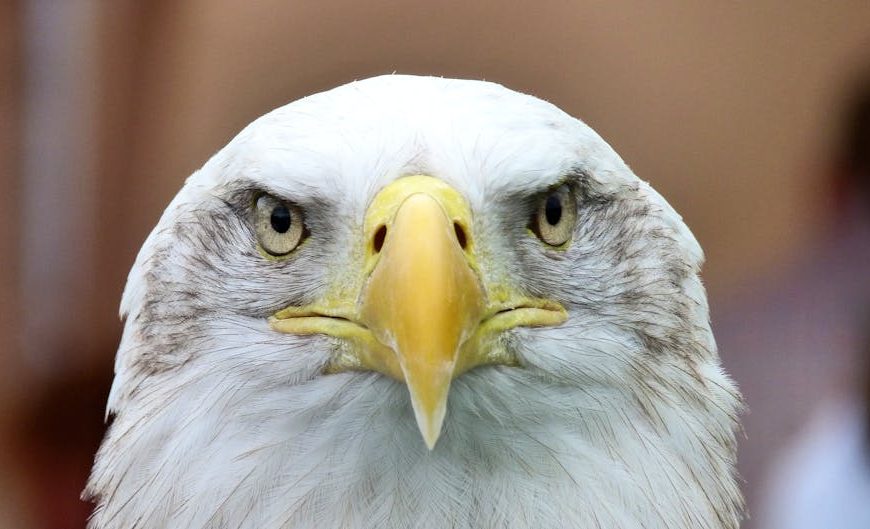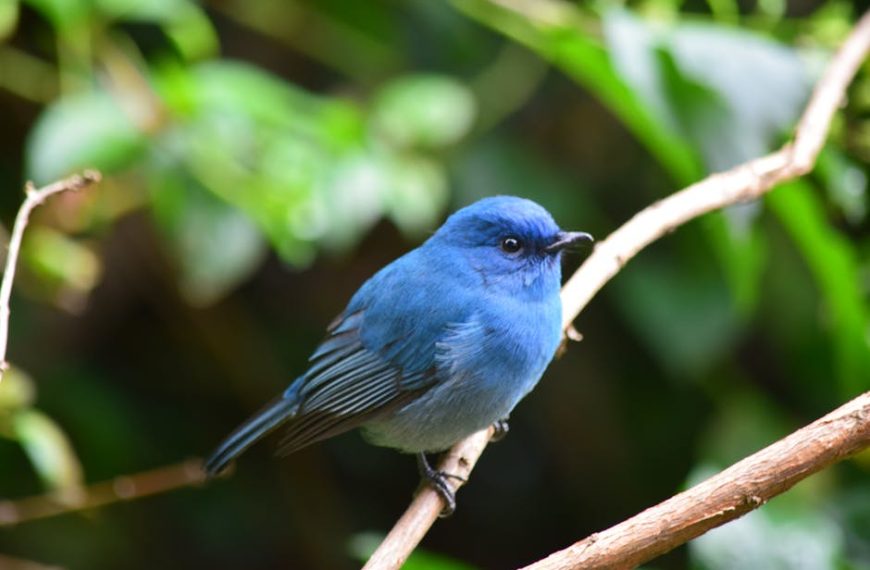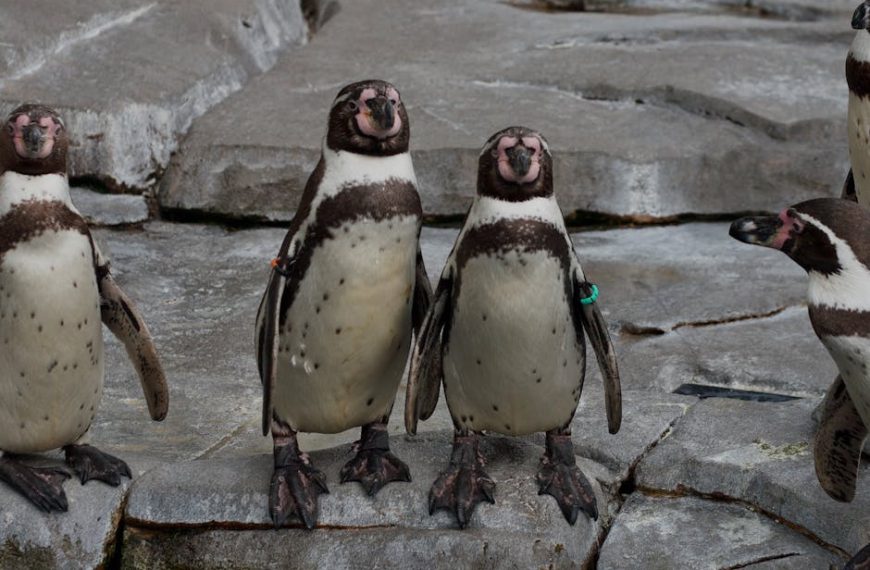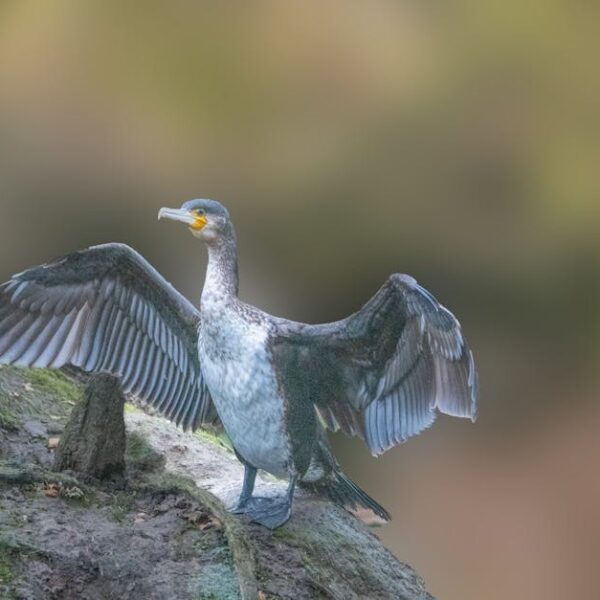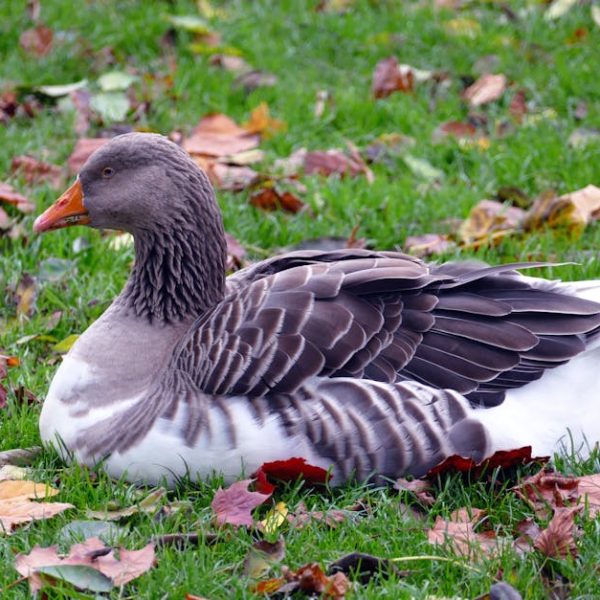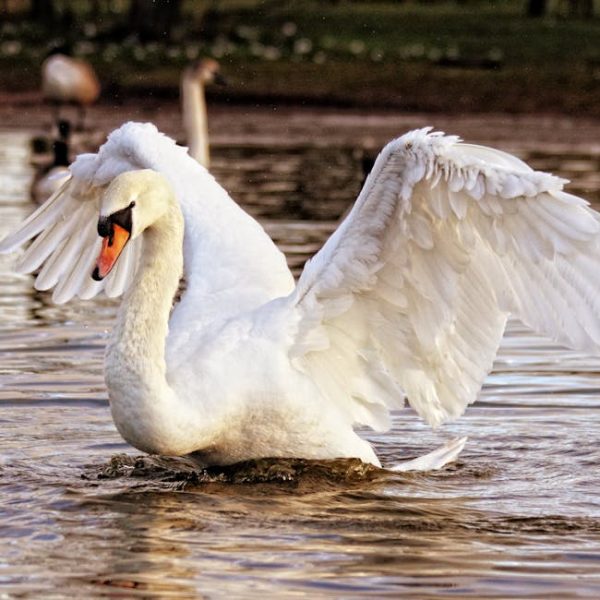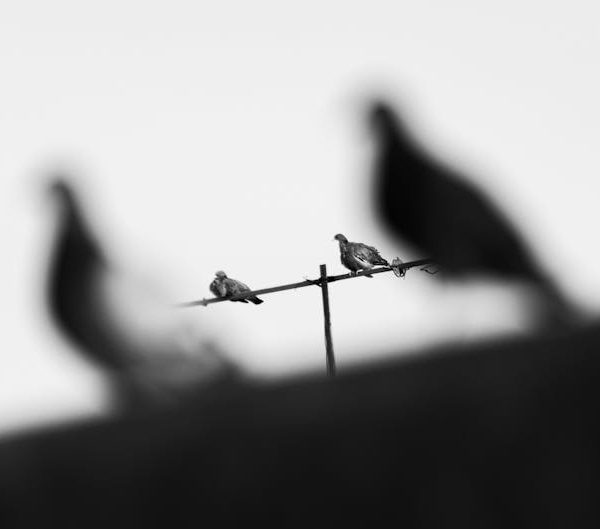Birds, with their captivating feathers and lively chirp, are fascinating creatures to observe and study. A behavior trait of considerable significance in birds, preening serves a cardinal purpose for these winged wonders. It involves birds cleaning their feathers with their beak to maintain them in prime condition.
Preening isn’t solely artificial grooming to make birds’ plumage aesthetically pleasing. Instead, it serves essential roles in their lives that ensure survivability. Mainly it:
- Removes external parasites, denying them a home.
- Aligns feathers in the correct position, optimizing flight dynamics.
- Distributes vital oils across feathers, enhancing their waterproof capabilities and overall health.
The Significance of Preening in Bird Social Structure
Preening also has a social aspect, influencing the bird flock’s hierarchy and interaction. At times, this activity isn’t just solitary, and birds engage in allopreening, where one bird preens another. Allopreening helps build bonds within the bird community, placating conflicts, and establishing a social grooming culture.
Interpreting Why Birds Choose to Preen Humans
The intrigues of preening get more intense when pet birds extend this behavior towards their human caretakers. The reason is simple yet profound – birds see their human caretakers as part of their flock.
Therefore, your pet bird trying to preen you isn’t an abnormal behavior. It’s their unique way of inviting you into their world. Keep an eye on your feathered friend’s actions to see if they’re preening you. These actions may include:
- Pulling at your hair.
- Nibbling on your skin or clothing.
- Always trying to get to close to your face or head.
Responding to Bird Preening Behavior Towards Humans
How do you react when your bird treats you like its fellow feathered friend? Appropriate responses are essential, as preening interactions become a platform to boost the bond between you and the bird.
Nevertheless, it’s important not to let these interactions lead to excessively dependent behavior. It’s about striking a balance. Here are a few pro tips on how to respond when your bird tries to preen you:
- Gentle discouragement if the bird gets over-enthusiastic.
- Redirecting the behavior towards a toy or a perch.
- Providing alternate options like a vet-approved preening toy.
Common Misconceptions About Bird Preening
While there is a lot to appreciate about bird preening, certain misconceptions need debunking, like confusing preening with aggressive behavior. Preening, generally followed by an air of tranquility, involves softer gestures, whereas aggression manifests in abrupt actions.
A useful technique to address this confusion is to compare normal preening behavior with potentially worrisome signs of aggression or stress. That way, you can differentiate between a bird’s friendly advances and harmful behaviors. Here’s a handy comparison:
| Preening Behaviors | Aggressive or Stress-Induced Behaviors |
|---|---|
| Soft nibbling or pulling at your hair | Biting sharply |
| Close proximity to your face or head | Unexpected lunging or pecking |
| General calm demeanor | Ruffled feathers, dilated pupils, or other signs of distress |
By understanding the nuances of bird preening, recognizing its significance in bird social structures, and appropriately reacting to instances where birds attempt to preen humans, you can navigate your interactions with these feathered friends proficiently. See through the misconceptions and find joy in the unique bonds that preening can help form with your pet birds. Knowledge is indeed the stepping stone to wisdom, even in the world of avian behavior.
Key Takeaway:
- Preening is an essential behavior for birds, serving to maintain their feathers’ health and optimize their flight.
- It also has significant social implications, including bond strengthening and conflict resolution within the bird community.
- Pet birds may preen their human caretakers as they view them as a part of their flock.
- It’s important for humans to respond appropriately to these behaviors to encourage bonding without creating over-dependency.
- There are some misconceptions around preening, including its confusion with aggressive behavior which can be debunked by understanding the calm and softer gestures involved in preening.
Celebrate the unique bond you share with your winged companions. The gentle nibbles and pecks are signs of their acceptance and no cause for worry. Encourage their healthy behavior, provide alternate preening options and continue to foster this unique bond. Remember, it’s all about being their reliable perch in this vast world.
FAQs
Q: What are some signs that a bird is preening you?
A: Your bird may be preening you if it’s pulling at your hair, nibbling on your skin or clothing, or frequently trying to be close to your face or head.
Q: How can I discourage a bird from preening me excessively?
A: If your bird is overzealous in its preening, provide gentle discouragement. Redirect its attention from you to a toy or perch, or provide it with a vet-approved preening toy.
Q: How can I tell the difference between preening and aggressive behavior in birds?
A: Preening is generally calm and involves softer gestures like nibbling or lightly pulling at your hair. In contrast, aggressive behavior may include sharp biting, unexpected lunging or pecking, or other signs of distress like ruffled feathers or dilated pupils.
Q: Why would a bird preen another bird?
A: Birds preen each other as a part of social interaction. This behavior, known as allopreening, can help strengthen bonds, resolve conflicts, and establish a social grooming culture within the bird community.
Q: How does preening contribute to a bird’s health?
A: Preening is vital for a bird’s health as it helps remove external parasites, align feathers for optimal flight, and distribute essential oils across feathers, enhancing their waterproof capabilities and overall health.
Share this insight with other bird enthusiasts and continue exploring more posts about bird behavior on our website.

